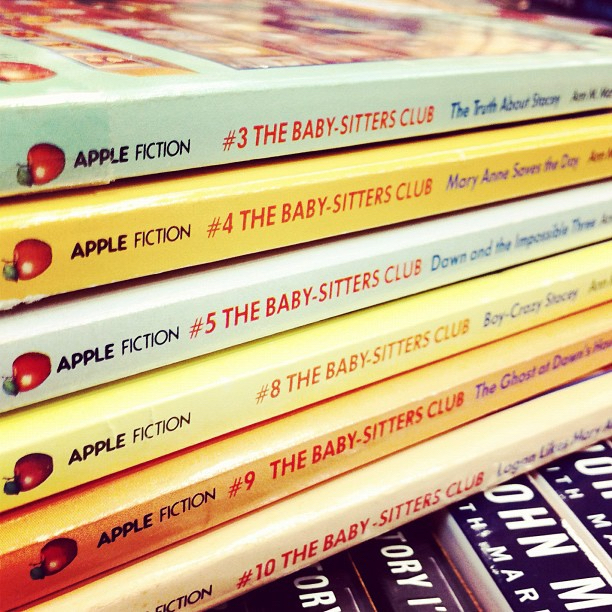Netflix’s ‘The Baby-Sitters Club’ continues to set a good example for children
March 4, 2022
In 2020, Netflix released “The Baby-Sitters Club,” a 10-episode original series based on the chapter book series of the same name by Ann M. Martin. The story revives the 213-volume narrative and modernizes it for an audience of children nearly 40 years after the original book came out.
The series follows the story of a group of friends who develop a small business called the Baby-Sitters Club. Members of the club meet three times a week to accept babysitting jobs from families in their neighborhood.
Instead of a parent calling multiple babysitters individually to find one who is available when they’re needed, the parent can call the club’s hotline and be assigned a sitter who is available. The members all have agreed-upon availability schedules, which is how they’re matched with jobs.
Though the story may seem a bit outdated in a time when 12-year-olds would never be trusted as babysitters — or would more likely be the ones needing the sitter — and when nannies and daycares are such common methods of childcare, Netflix creator Rachel Shukert made a great effort at modernizing it.
The show addresses many societal problems in its now two seasons, including the topics of transgender identity, socioeconomic stratification, childhood fame, gender fluidity, wealth inequality, homosexuality, loss and childhood diseases.
Of course, the series also touches on topics common in children’s shows and books, such as maturity, love, family issues, divorce, heartbreak and finding oneself.
Through the meshing of all these subjects comes a timely, still relevant story about friends growing up, figuring out who they want to be, connecting with their families, learning how to be responsible and how to take care of others.
The show addresses topics that at times might be a bit difficult for younger viewers to fully understand, but it’s important for children of all ages to be introduced to these subjects.
In fact, the younger the better, since it’s less likely that a kid will have heard about some of these topics before. Children will be more likely to care about learning about the LGBTQ+ community or capitalism’s injustices if it’s coming from a show they adore, rather than from school or the news.
Thus, shows like “The Baby-Sitters Club” are important for young kids to watch as they get to learn about the world in fun and engaging ways. The show’s progressivism is probably not derived wholly from the original series, making it an important watch even for kids who’ve read the books.
In addition to teaching children about real-world topics, the series sets a good example for kids by showing a group of girls who are responsible, kind, honest, level-headed, caring and hardworking.
This can be especially important for young female viewers. They can get a strong female role model who’s young like them.
The array of main characters — Kristy Thompson, Stacey McGill, Claudia Kishi, Mary Anne Spier and Dawn Schafer — leaves girls with many options of who they want to embody. That is very powerful for young girls.
On top of all of that, “The Baby-Sitters Club” is just through and through a good show, even for adults. It’s warm, inviting and cozy. It reminds older viewers of younger times — but then takes those times and makes them kinder and have happier endings than they would in real life.
The show is worth a watch, not just for entertainment but also to see what the world’s youth is being introduced to today.








